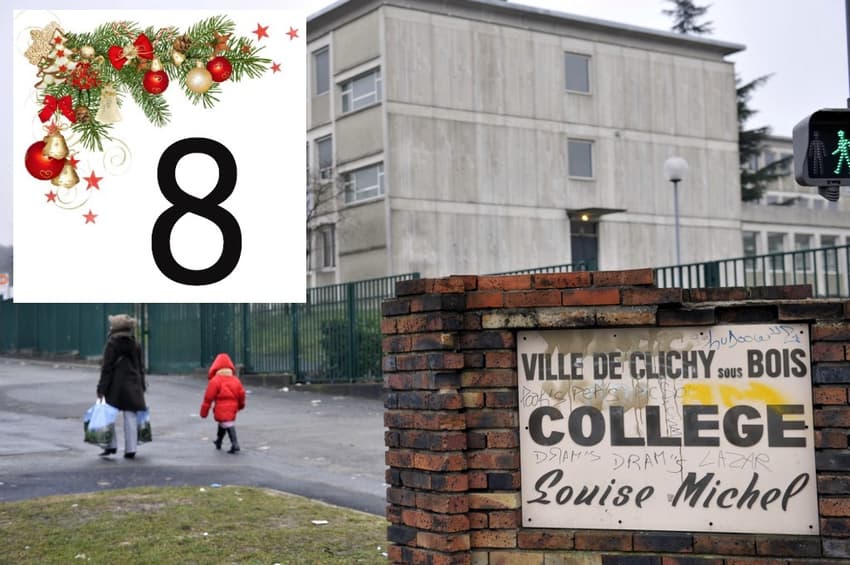French figures: The anarchist who is now part of the Paris Metro

Revolutionary, feminist and anarchist icon, Louise Michel is one of the only French women with a Metro station named after her.
Louise Michel (1830-1905) was a leading figure in the Paris Commune of 1871, a radical left-wing militia that seized power in the capital and ruled for two months.
An anarchist and a feminist, Michel rallied the masses to take up arms against the government.
The Paris Commune is recognised as one of the four great events that shaped modern France. Women played a key role in the commune, organising, building barricades and fighting.
READ ALSO Prostitutes, nuns and anarchists: The untold story of the women who shaped Paris
When the Commune was put down, some 20,000 participants in the revolts were executed.
Michel was one of those spared and deported, and she spent years in the French overseas territory of New Caledonia before the government granted amnesty to her and the other participants of the Commune in 1880.
She returned to France still full of revolutionary passion that she continued to spread before she was arrested in 1890 and subsequently moved to London.
Outside her more revolutionary activities, Michel opened a school in Paris in 1865, which became renowned for its progressive methods.
She also corresponded with Victor Hugo, the famous French author, and published some poetry herself.
When she died in 1905, her funeral was attended by more than 100,000 people.
Michel is the only French woman to have a Metro station named after her (although Polish-born Marie Curie has one jointly named after with her husband Pierre and Simone Veil also gets half a station name).
Comments
See Also
Louise Michel (1830-1905) was a leading figure in the Paris Commune of 1871, a radical left-wing militia that seized power in the capital and ruled for two months.
An anarchist and a feminist, Michel rallied the masses to take up arms against the government.
The Paris Commune is recognised as one of the four great events that shaped modern France. Women played a key role in the commune, organising, building barricades and fighting.
READ ALSO Prostitutes, nuns and anarchists: The untold story of the women who shaped Paris
When the Commune was put down, some 20,000 participants in the revolts were executed.
Michel was one of those spared and deported, and she spent years in the French overseas territory of New Caledonia before the government granted amnesty to her and the other participants of the Commune in 1880.
She returned to France still full of revolutionary passion that she continued to spread before she was arrested in 1890 and subsequently moved to London.
Outside her more revolutionary activities, Michel opened a school in Paris in 1865, which became renowned for its progressive methods.
When she died in 1905, her funeral was attended by more than 100,000 people.
Join the conversation in our comments section below. Share your own views and experience and if you have a question or suggestion for our journalists then email us at [email protected].
Please keep comments civil, constructive and on topic – and make sure to read our terms of use before getting involved.
Please log in here to leave a comment.